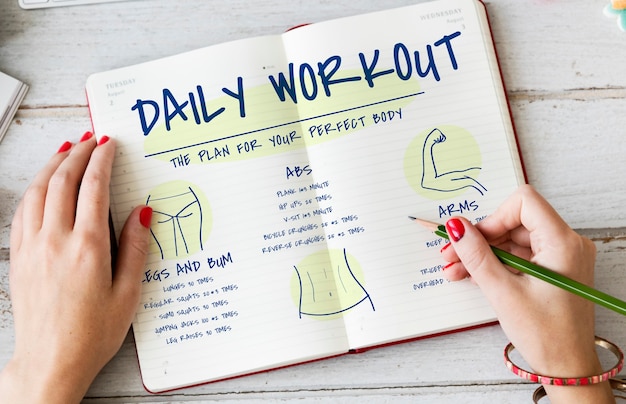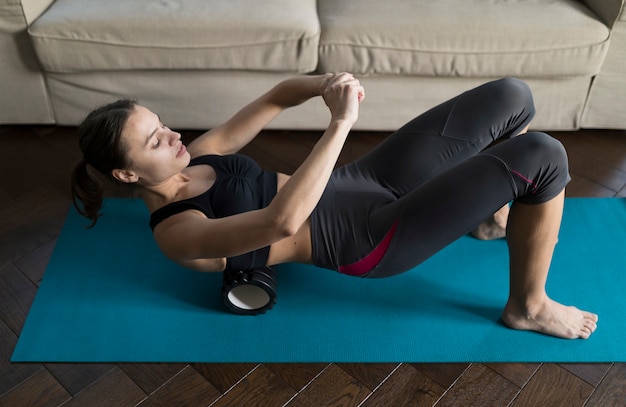Injuries don’t just sideline your fitness goals—they can derail your confidence, motivation, and long-term health. Whether you're a weekend warrior, a beginner, or someone returning to activity after a break, reducing injury risk should be your top priority. The good news? Science shows that with the right approach, you can significantly lower your risk in just 60 days—without expensive gear, gym memberships, or hours of training.
This comprehensive, research-backed plan is designed to help you start quickly, stay consistent, and measure real progress—weekly. It’s budget-conscious, time-efficient, and built on principles validated by exercise science and physical therapists.
Research in motor learning and neuromuscular adaptation suggests that consistent movement patterns over 6–8 weeks lead to measurable improvements in joint stability, muscle coordination, and tissue resilience. A 2020 meta-analysis published in the British Journal of Sports Medicine found that structured injury prevention programs reduced musculoskeletal injuries by up to 50% when performed consistently over 6–12 weeks.
Sixty days strikes the perfect balance between biological adaptation and behavioral sustainability—long enough to see change, short enough to stay motivated.

Focus on movement quality, not quantity. Perform:
Record any discomfort, wobbling, or asymmetry. Use a mirror or phone video to check form.

Introduce controlled movements to challenge coordination:
Track improvements in balance and ease of movement.
Increase volume slightly and add movement complexity:
Continue weekly self-assessments. Note any reduction in joint stiffness or improved posture.

Use this simple checklist every Sunday:
| Metric | How to Track | Goal |
|---|---|---|
| Pain or Discomfort | Rate 0–10 during/after workouts | Decrease or stay at 0–1 |
| Balance | Single-leg stand (eyes open) | Increase by 5–10 sec weekly |
| Form Quality | Video self-check | Smoother, more controlled |
Injury prevention isn’t about doing more—it’s about moving smarter. This 60-day plan leverages science to build resilience, improve control, and create sustainable habits. By focusing on form, consistency, and measurable progress, you’ll not only reduce injury risk but also lay the foundation for long-term fitness success—all without spending a dime or hours in the gym.
Start today. Track weekly. Stay consistent. Your body will thank you.

Fitness

Fitness

Fitness

Fitness

Fitness

Fitness

Fitness

Fitness

Fitness

Fitness

Wellness

Fitness

Health

Fitness

Health

Health